Friends of Shelly Creek Park
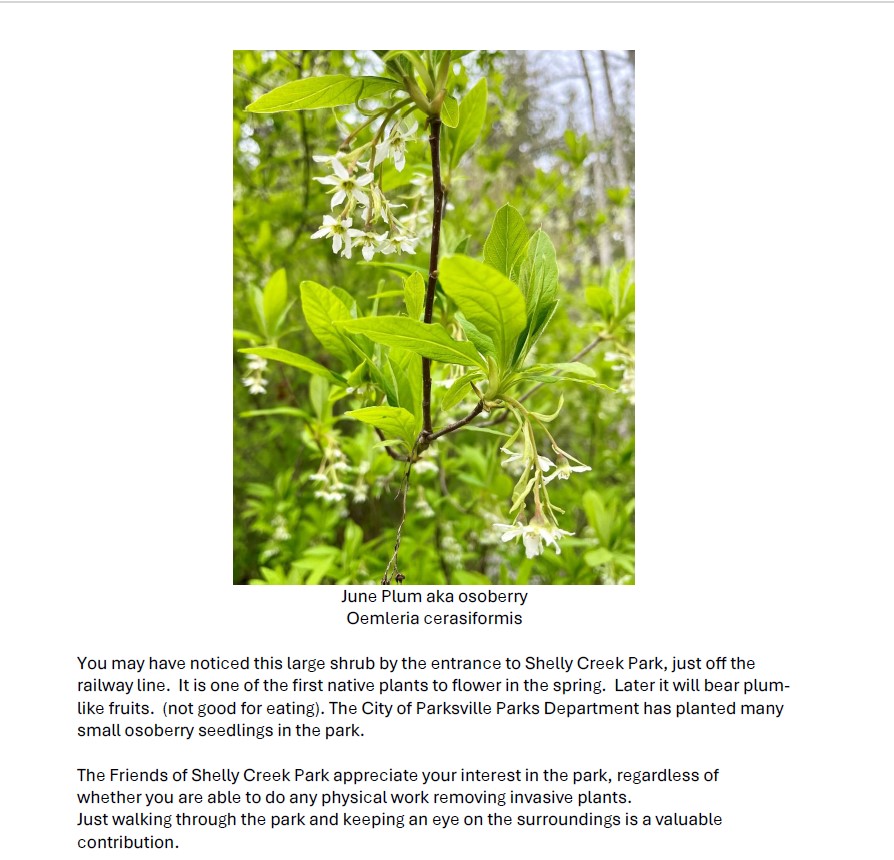

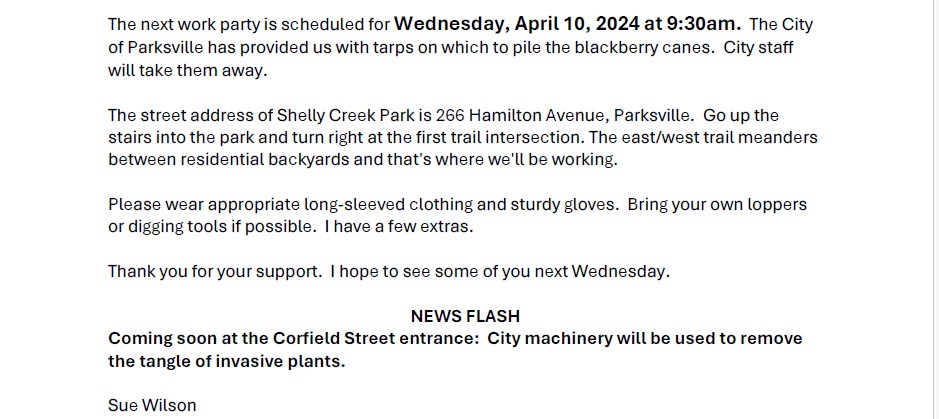
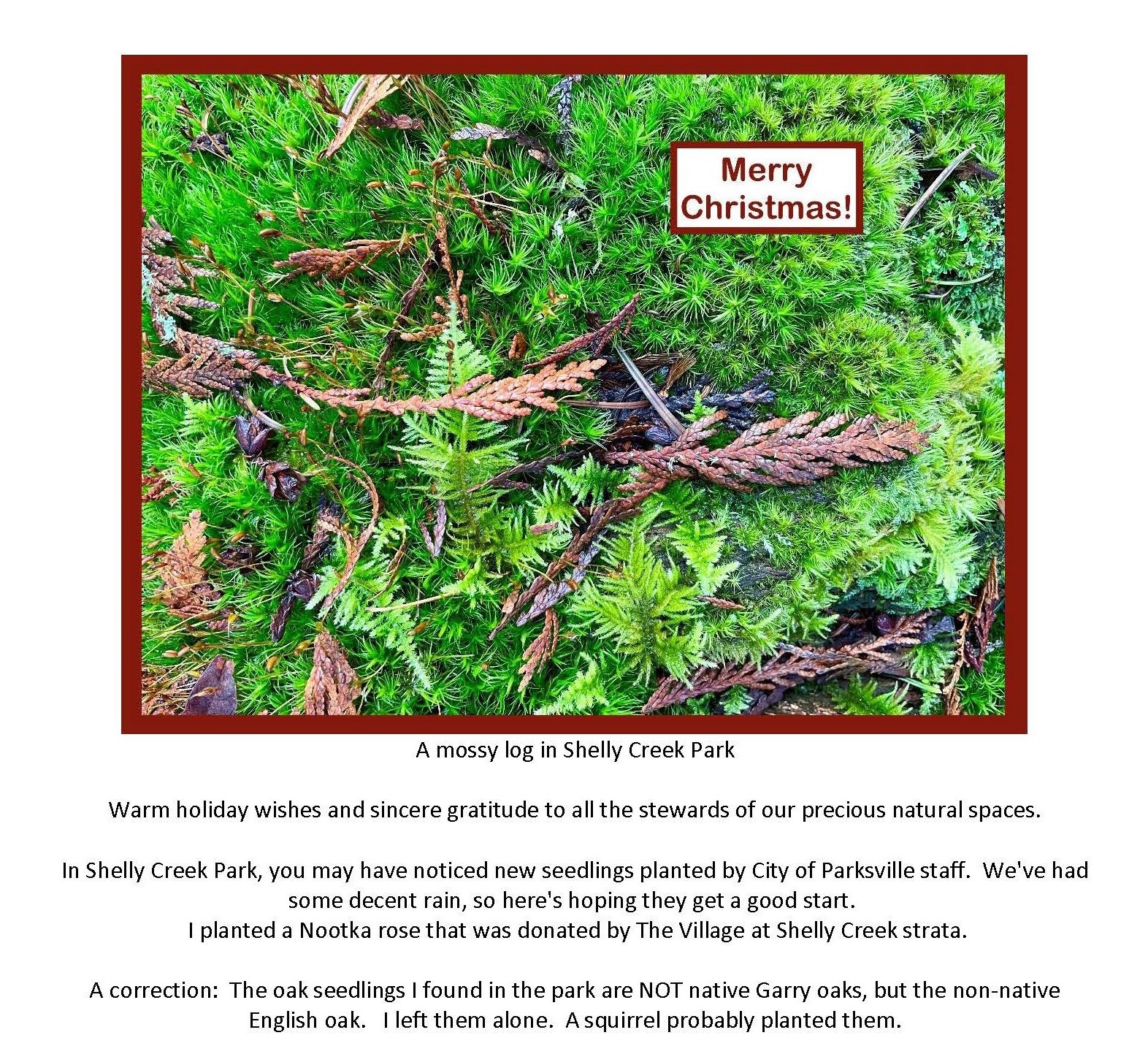
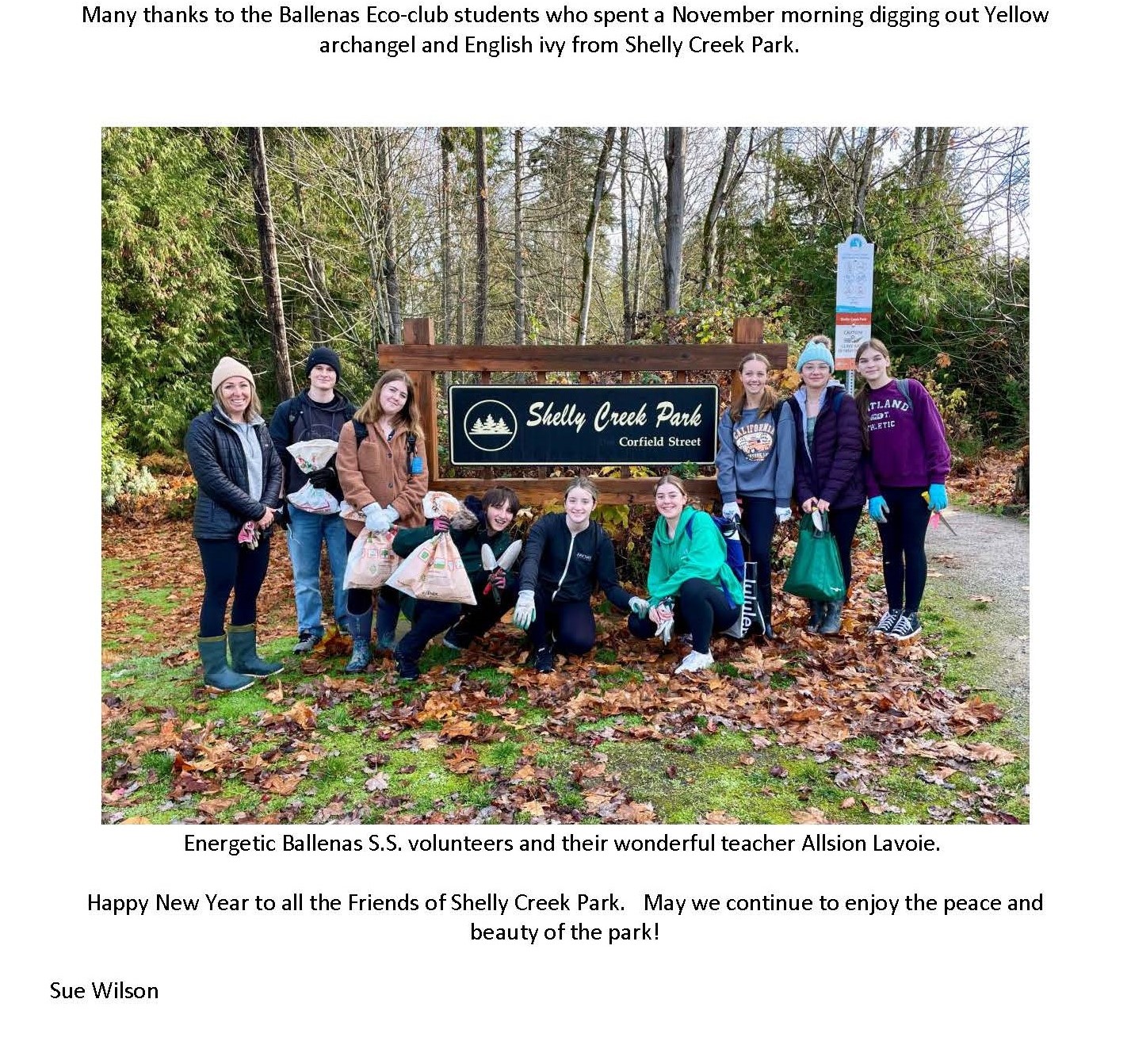
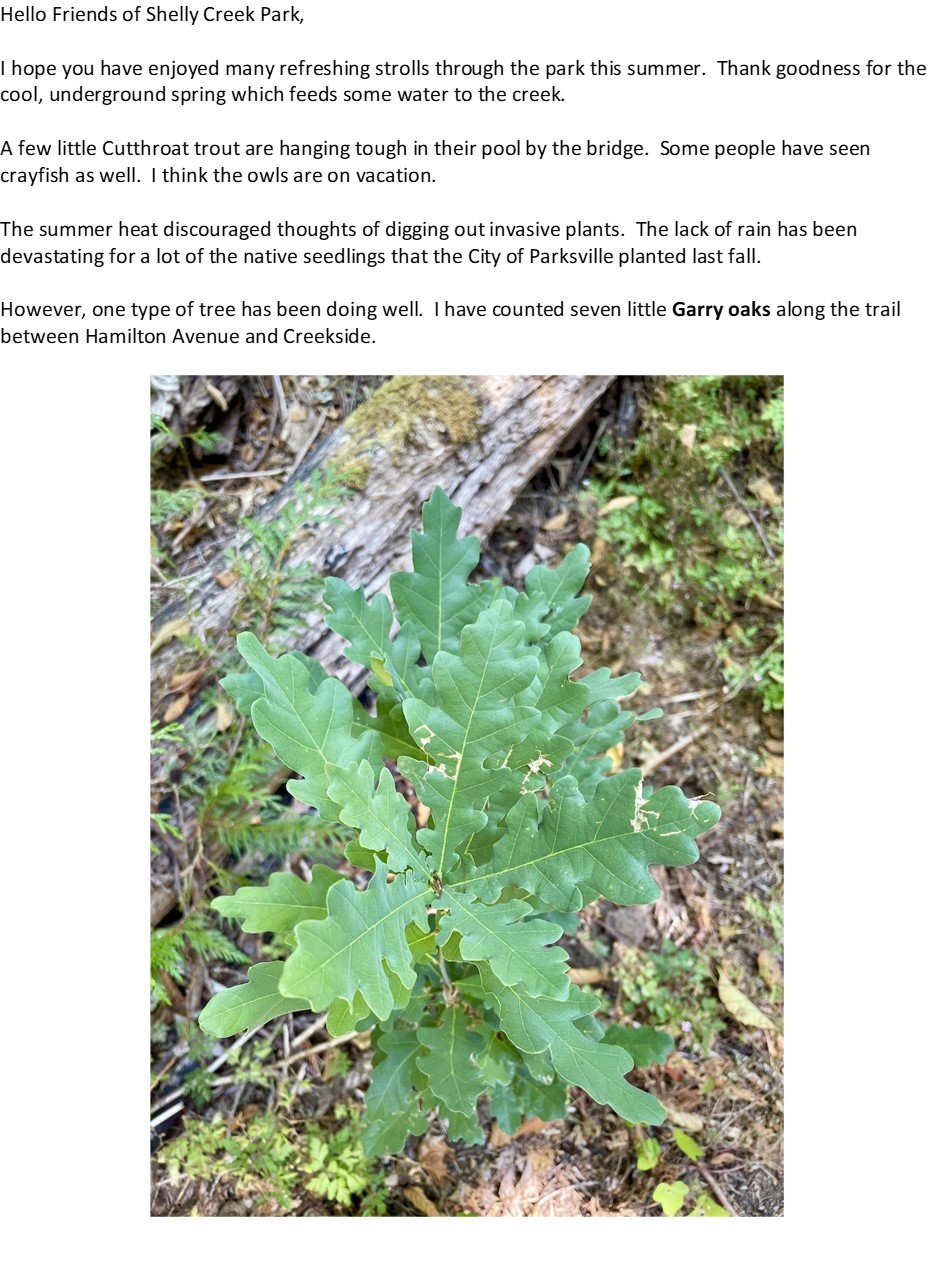
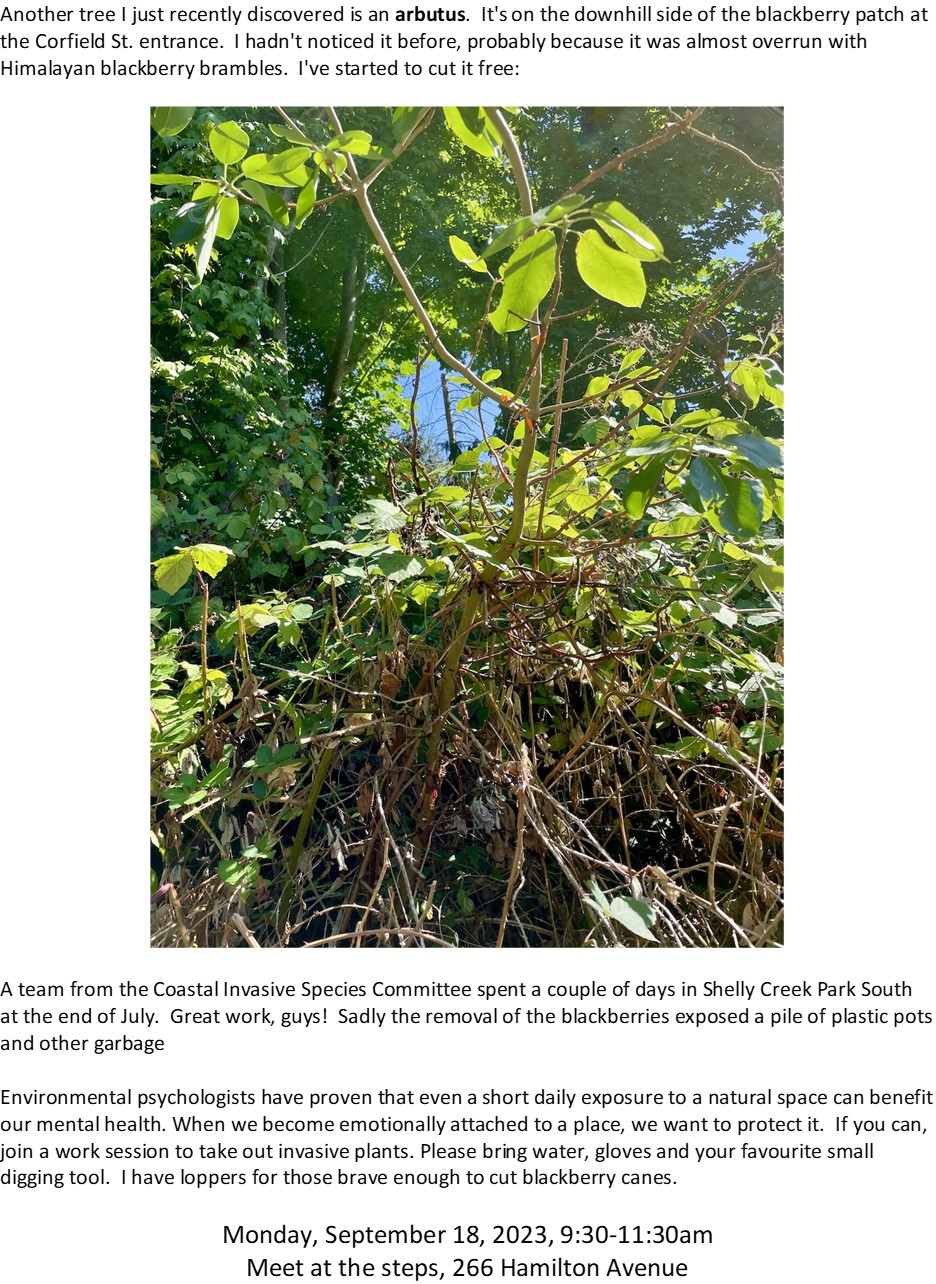
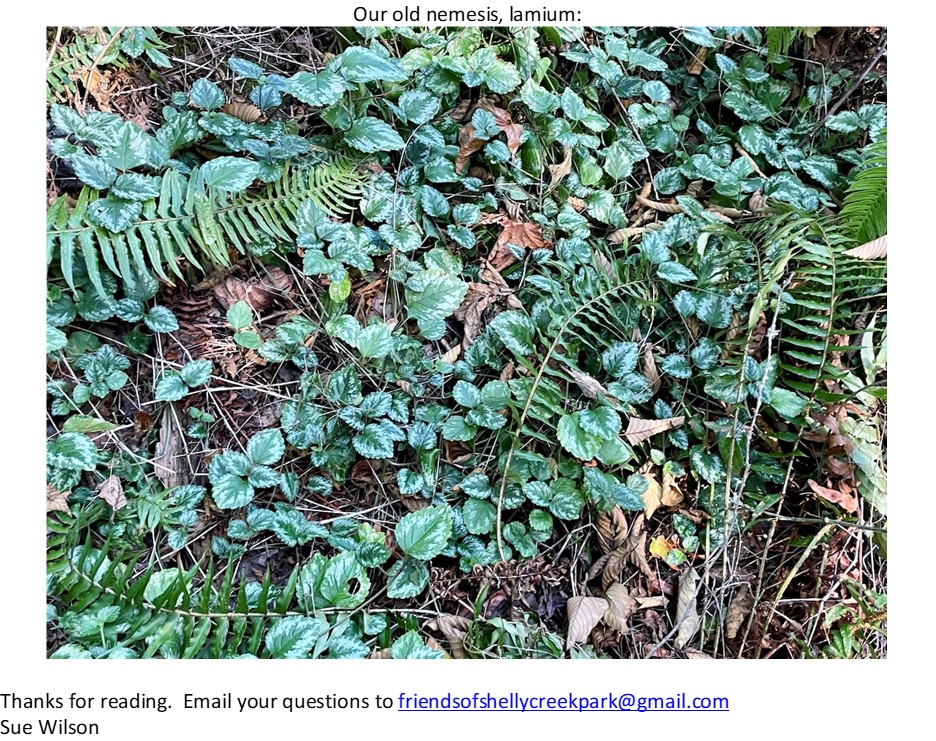
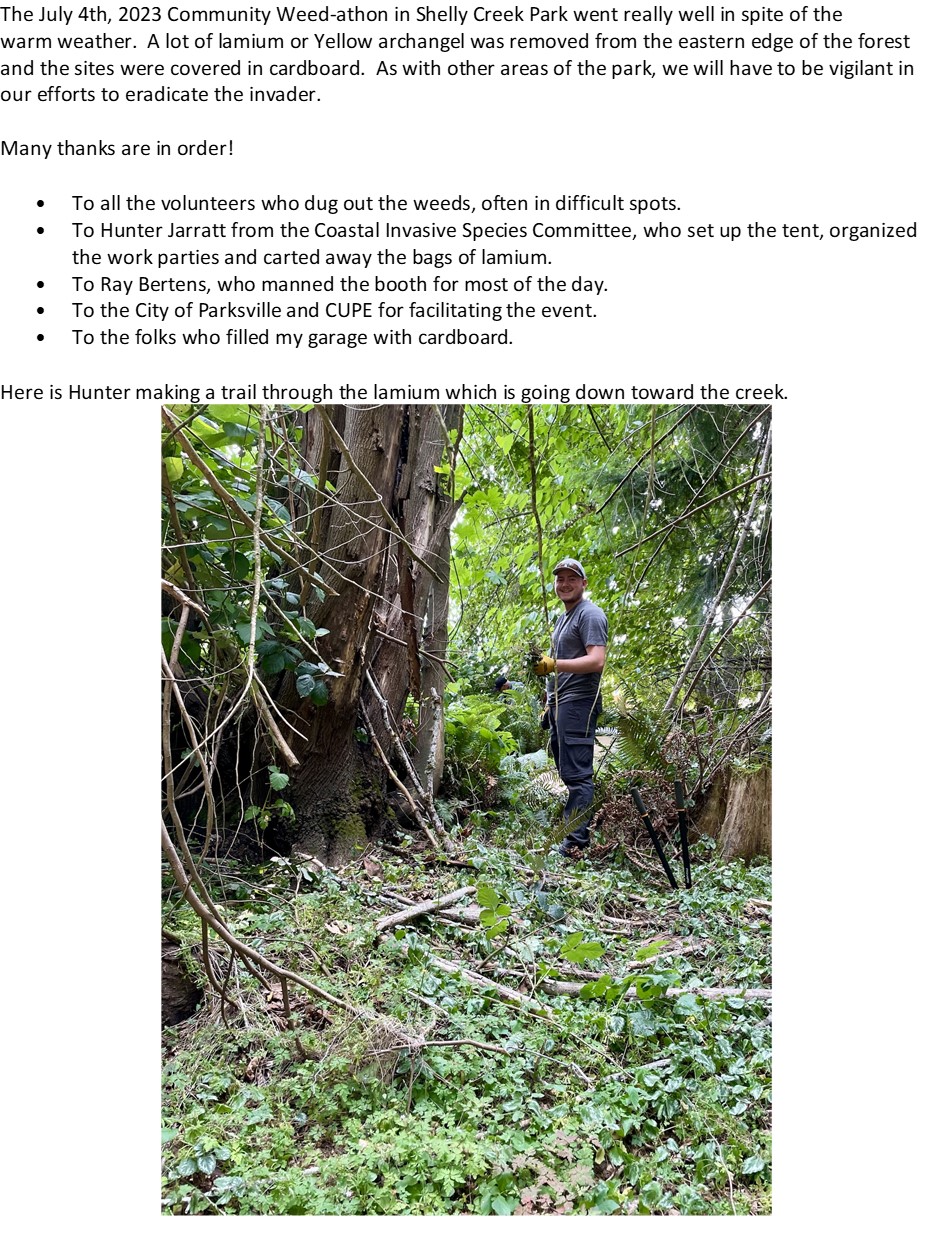
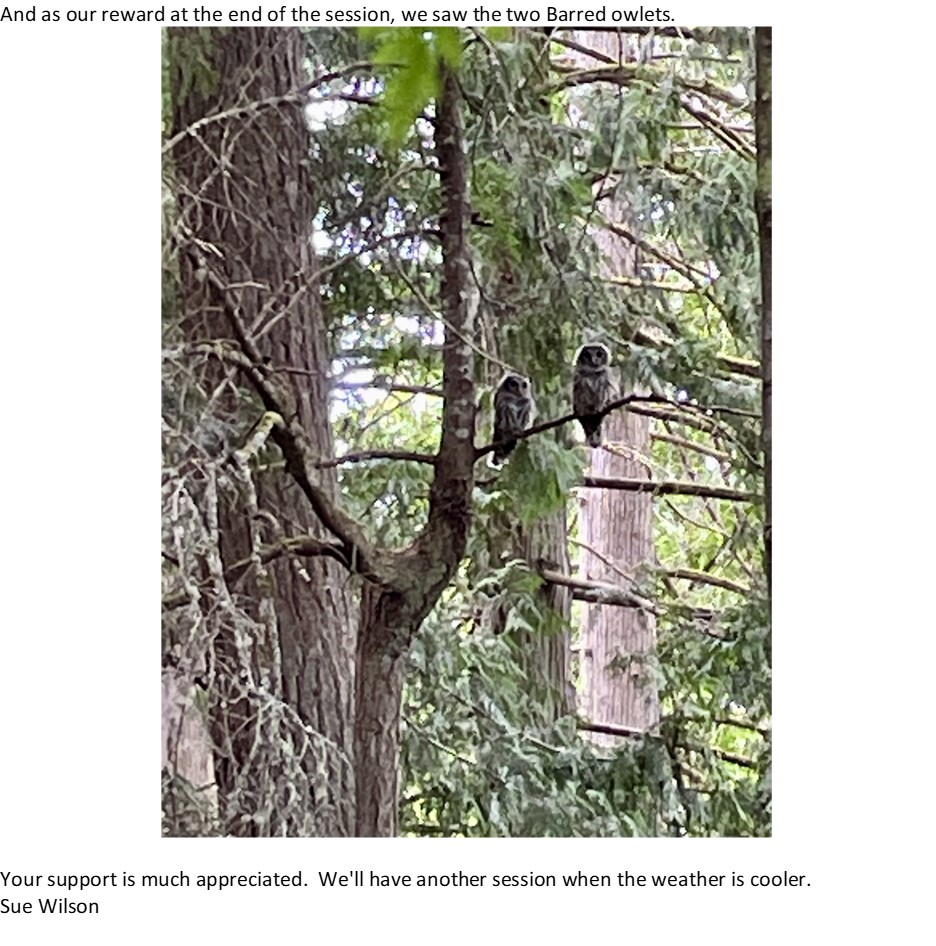
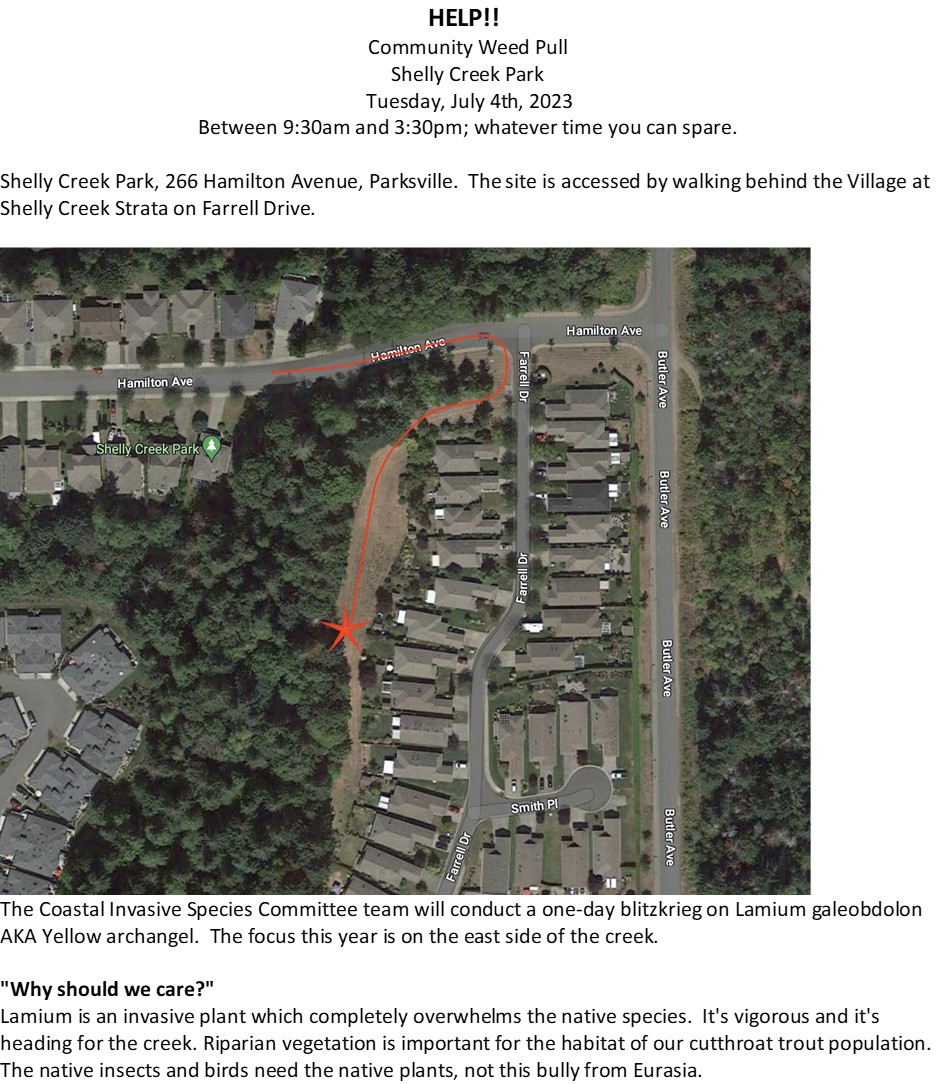
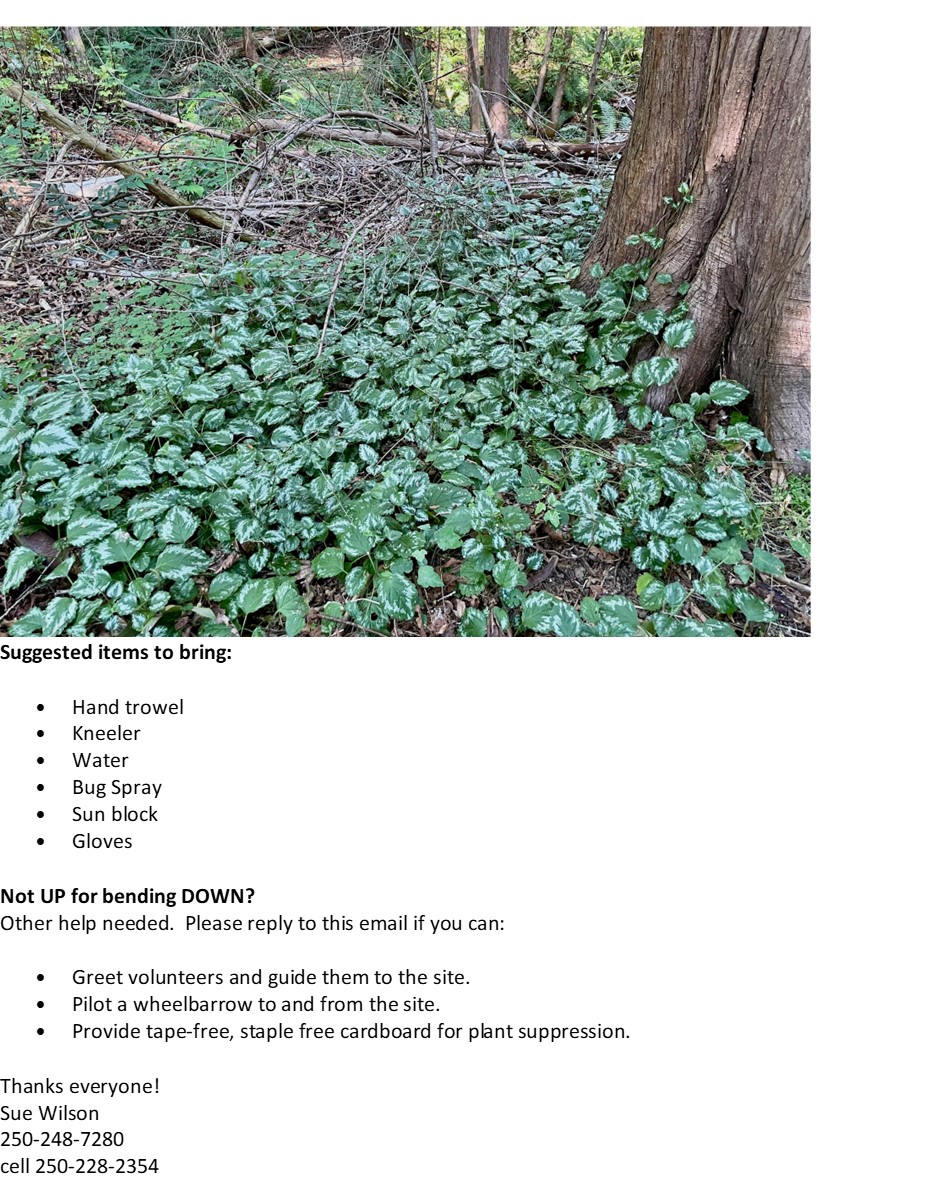
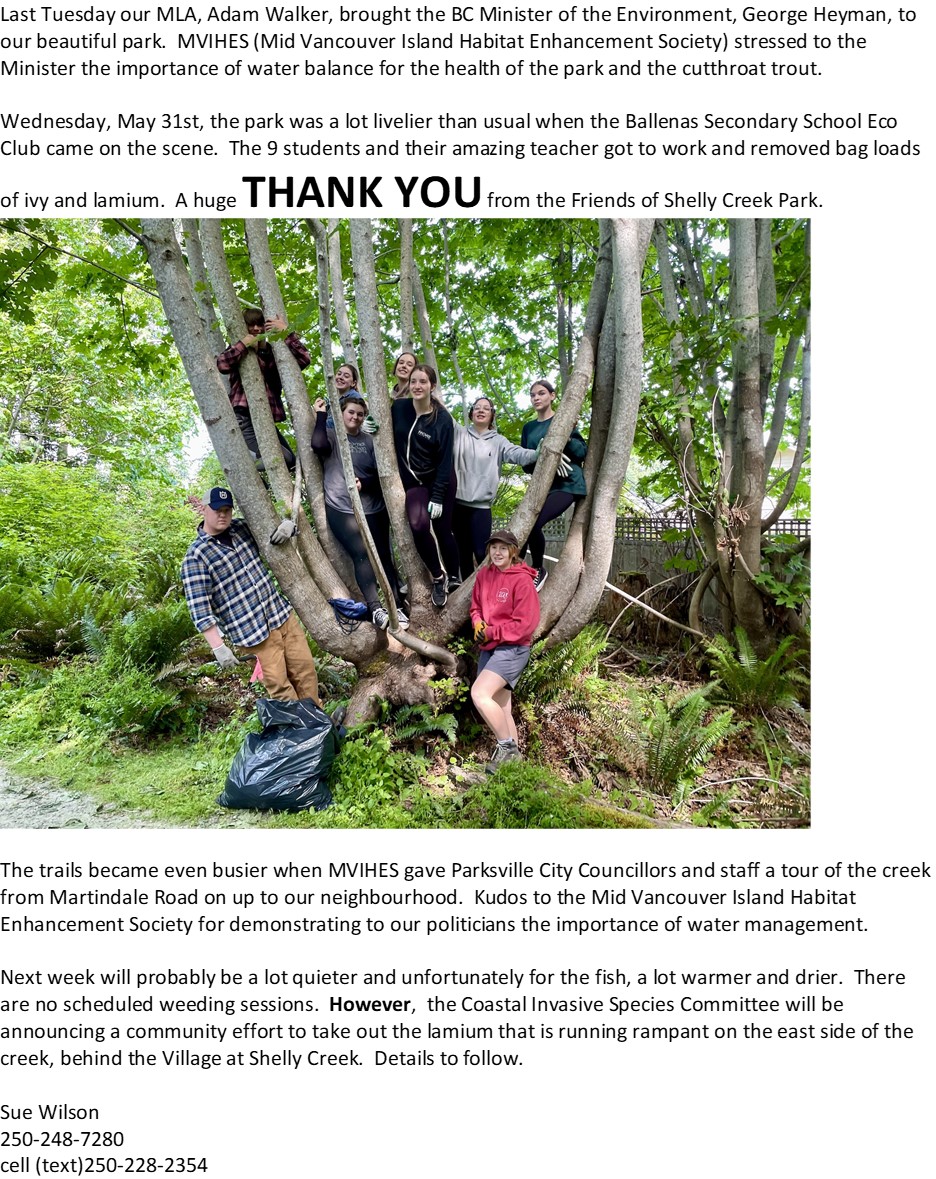
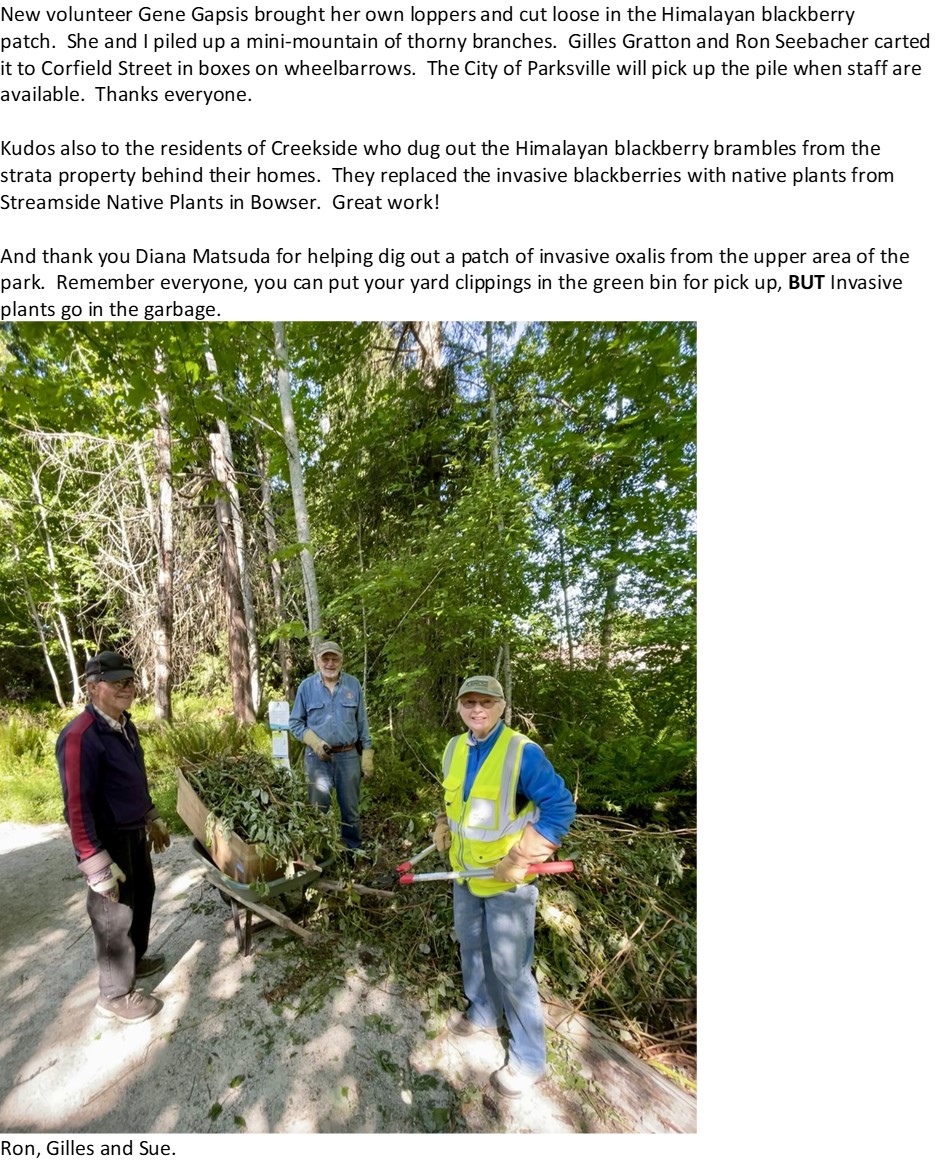
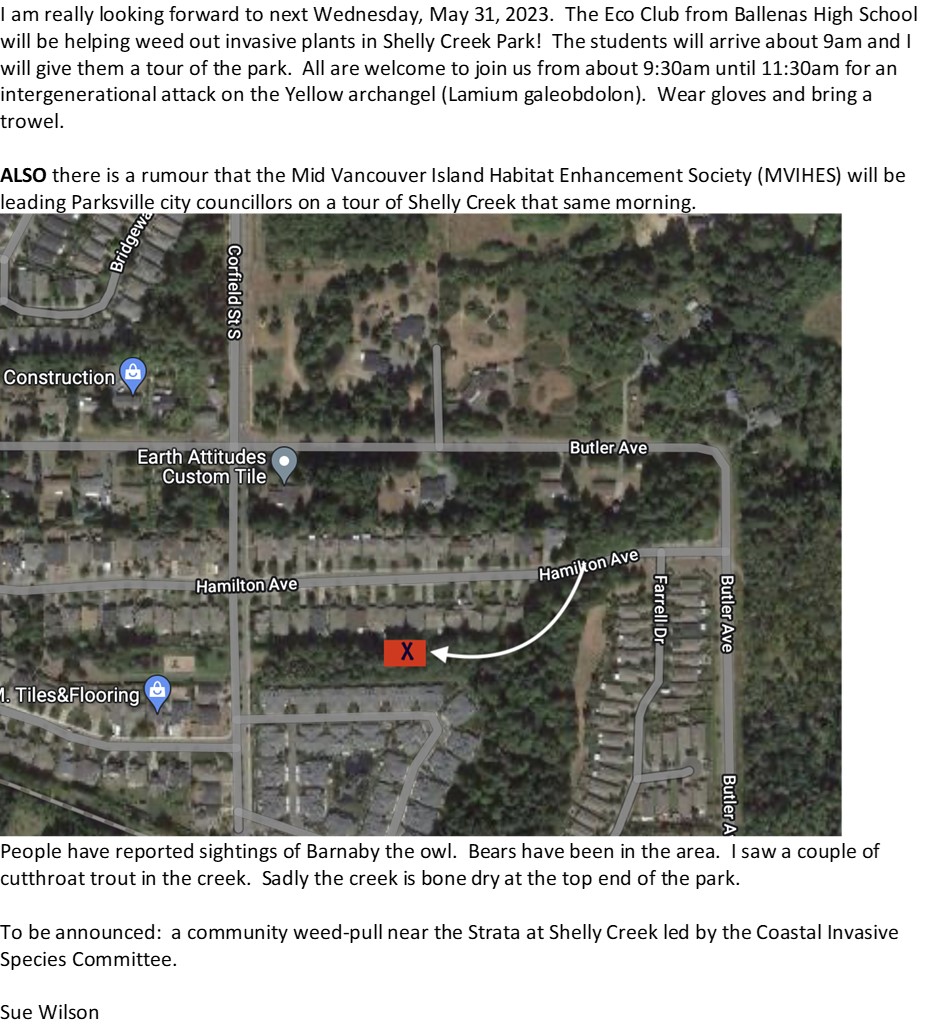


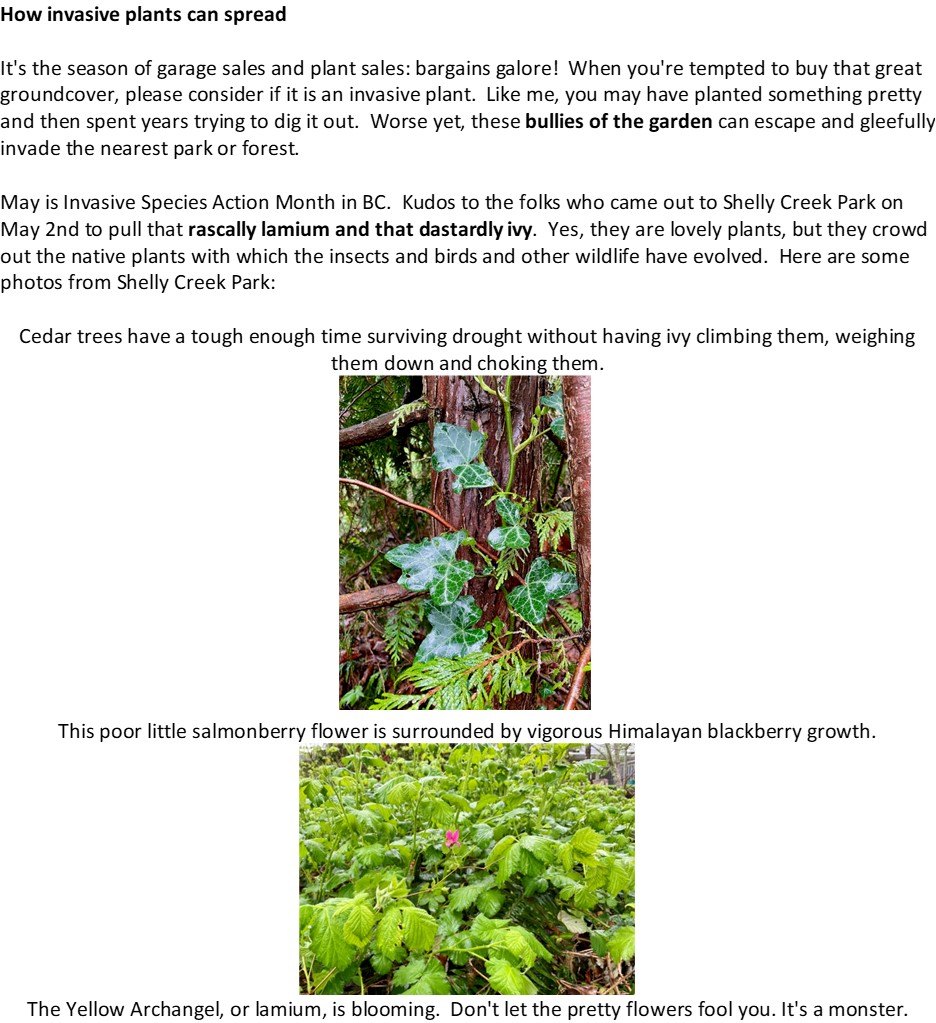
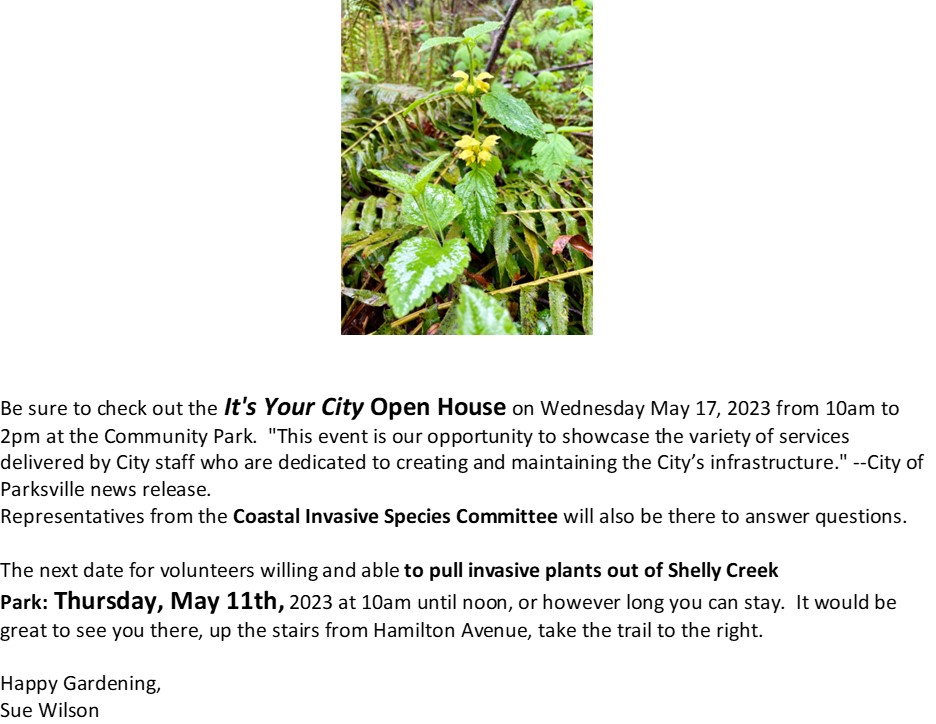
"Committed to the restoration of wild Pacific salmon in mid Vancouver
Island watersheds through habitat restoration and community engagement"
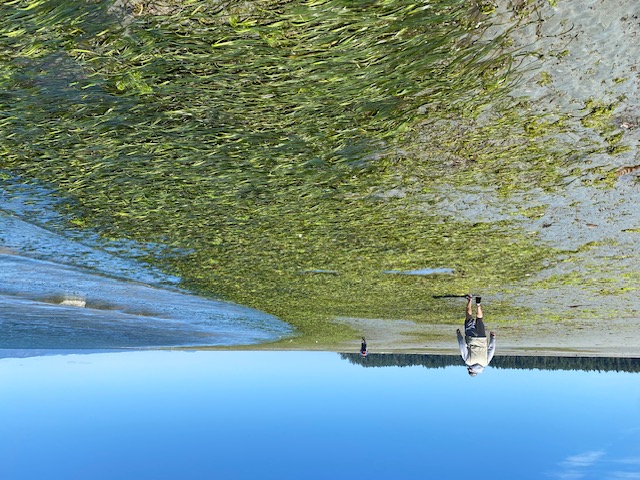
Enthusiastic volunteers were already out mapping eelgrass beds just one day after our training by Nikki Wright of Seachange Marine Conservation Society. We have mapped the inner perimeter of the eelgrass beds at Parksville Beach, Surfside, San Pariel and Rathtrevor-Craig Bay. The beds appear to be in the same locations as they were when they were mapped in 2008 but we have yet to map the outer perimeter which we will do by boat.
So was' up with eelgrass? Eelgrass beds, or meadows as they are sometimes called, are highways for young salmon. For salmon, a large break in an eelgrass bed is like a washout on a highway for us. All species of crabs and some species of sea stars use eelgrass beds as nurseries. Forage fish (an important food source for adult salmon) use eelgrass beds as do rockfish. Eelgrass stabilizes shorelines, gives us oxygen, cleans the water, and sequesters carbon. In fact, the United Nations has declared eelgrass as a weapon against Climate Change.
There are two species of eelgrass in the Parksville area:
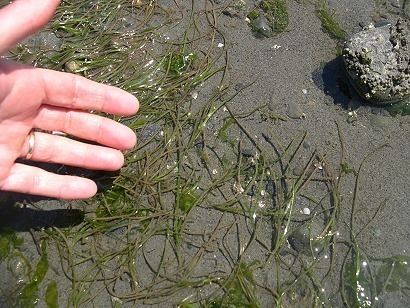
Dwarf eelgrass (Zostera japonica) is short and thin like vermicelli. It grows on the flat sandy areas that are exposed at low tide. It's an introduced species but does not compete with our native eelgrass. It's an annual plant and reproduces by seed.
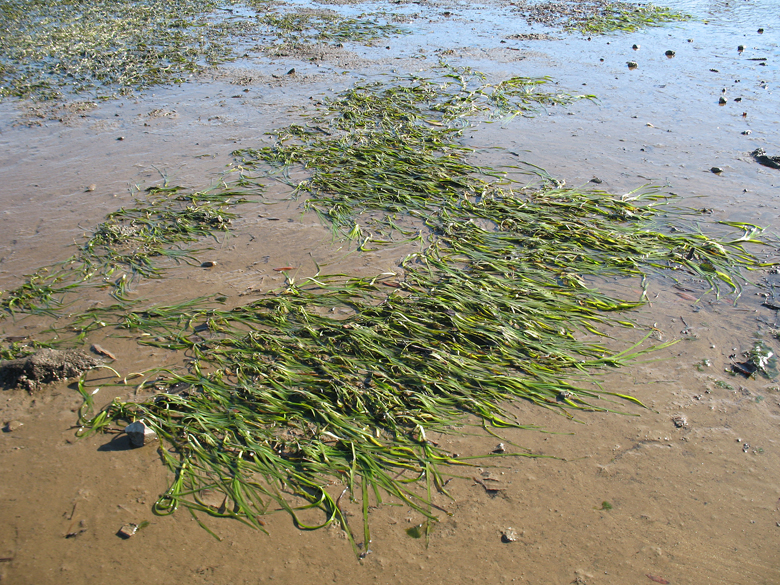
Native eelgrass (Zostera marina) is longer and wider like fetuccuini. It doesn't like to be as exposed as dwarf eelgrass so is found out near the water's edge during extreme low tides. It also grows in the subtidal zone up to 10 m in depth, depending on water clarity. It's a prerennial plant and reproduces through spreading rhizomes.
Dragging boat anchors and chains uproot the plants and have had huge impacts on eelgrass beds in the Salish Sea, especially in areas where boats and ships are moored. Learn about inexpensive eelgrass-friendly mooring lines here. Eelgrass prefers sandy or muddy bottoms and is sparse in gravelly and rocky substrate. Shoreline armourment such as seawalls and riprap cause deflected waves to scour and sweep away sand, exposing the gravel and rock that was sitting below. This can degrade eelgrass beds so using Green Shores methods in shoreline protection is important for conserving eelgrass.
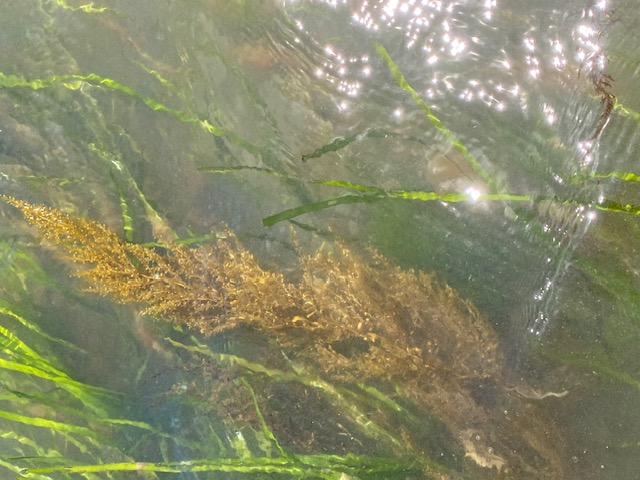
And now an invader has entered our eelgrass beds: Sargassum (right-hand photo). Sargassum has been in the news lately for piling up on the shores in Florida and the Caribbean. There are many different species inhabiting the oceans however, none of them are native to our coast.
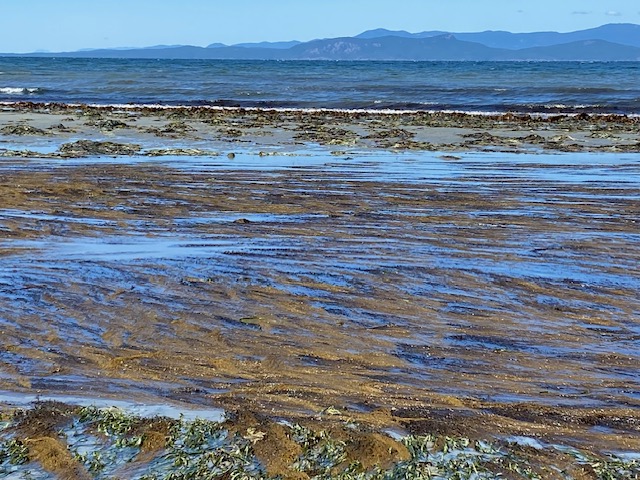
The species found here roots itself to rocks and shells and shades out native species like sea lettuce and eelgrass, as seen in the left-hand photo taken recently at Rathtrevor. Eelgrass provides a complex habitat whereas the habitat provided by Sargassum is simple and lacks some of the features required by our marine species. Pulling up Sargassum only causes it to spread so the rock or shell it is rooted on needs to be removed along with the intact plant. This again emphasizes the need to prevent the erosion of sand from our beaches: less rock for Sargassum to root on.
An interesting tidbit is that eelgrass and sand dollars do not live together. Sand dollars vibrate when they burrow and forage for food, changing the nature of the sand which prevents eelgrass from establishing. A bare patch in an eelgrass bed could be a sand dollar bed.
That's it for now. We'll keep you updated on our findings. Many thanks to volunteers: Jamie Pollard, Manon Fontaine, Liz Bredberg, Bruce Murray, Carl Rathburn, Pat Ashton, Dick Dobler, Austin Peterson, and Barb Riordan.
The Snaw-naw-as First Nation, our partner in salmon habitat restoration, is taking action to control reed canary grass in the Side Channel in Englishman River Regional Park.
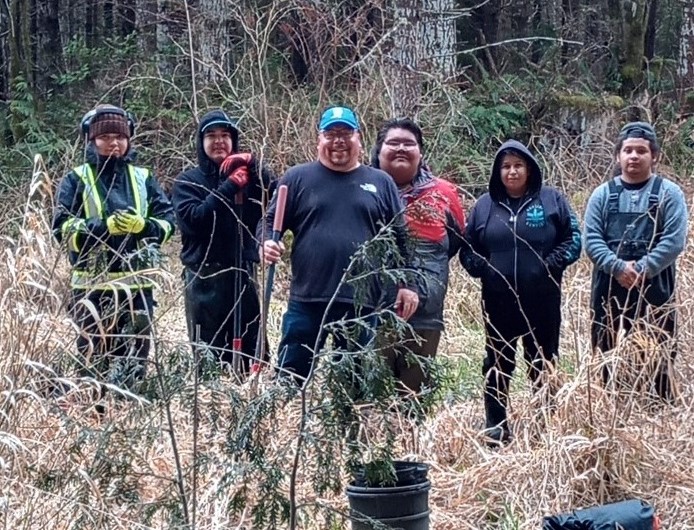
Action Heroes (left to right) Codi Bob, Jesse Bob, Councillor Chris Bob, William Hawkins, Betty Jean Bob, Brenden Bob
Reed canary grass is an aggressive sod-forming grass that invades wetlands. "Sod-forming" means it creates its own soil and can change a marsh into a dry meadow. In 2019, MVIHES conducted a wetland assessment in a 2.8 ha section of the Side Channel called the Beaver Pond. We found that reed canary grass was the dominant vegetation species.
This was bad news since the Side Channel, a Fisheries and Oceans Canada (DFO) salmon enhancement operation, is intended to provide over-wintering habitat for Coho Salmon fry. Adult salmon travel through the Beaver Pond to spawn in the upper section of the Side Channel. Although there are still pools of open water and small channels with water flow, the reed canary grass could eventually fill in those areas, blocking fish passage and displacing habitat.
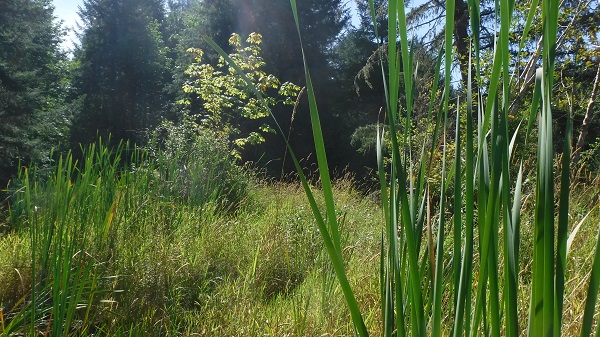
The photo to the left shows how the grass has filled in the open water that existed between the cattails.
It is impossible to remove the grass without causing significant damage to the fish habitat and maintaining sufficient water depth to kill the grass is impractical. The best solution is to provide shade since reed canary grass doesn't survive in shade. Andrew McNaughton, Environmental Consultant for the Snaw-naw-as, proposed planting 100 six-foot tall cedars into the mats of reed canary grass. The cedars should grow into large trees and produce enough shade to control the grass, keeping areas of the Beaver Pond open in the future.
During the week of March 20, and with some guidance from Steven Moore (Andrew's Environmental Technician), members of the Snaw-naw-as donned chestwaders and planted 100 cedar trees into the mats of reed canary grass, as seen in the photos below.
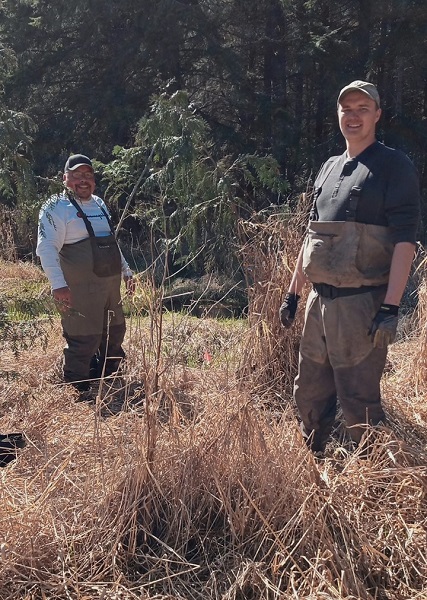
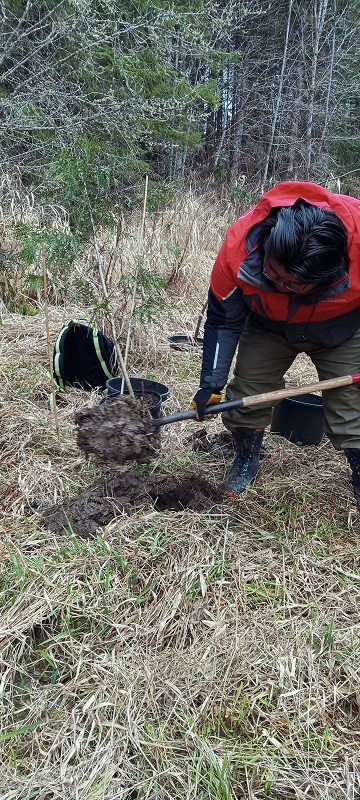
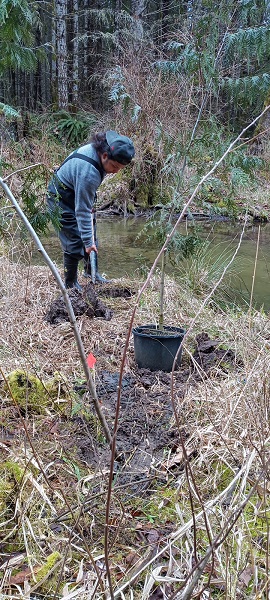
Chris Bob (l.) Steven Moore (r,) Brenden William
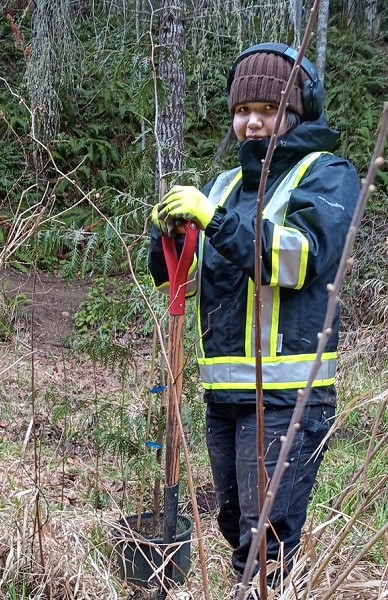
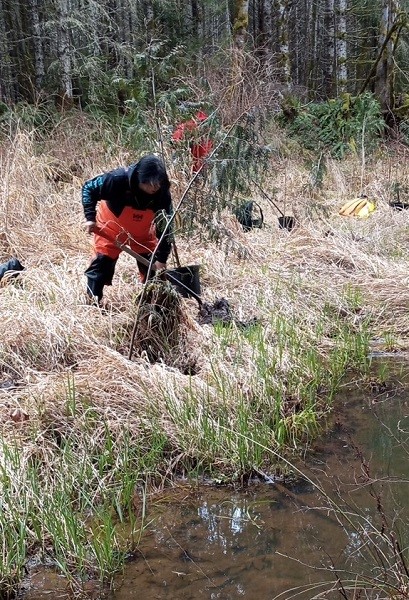
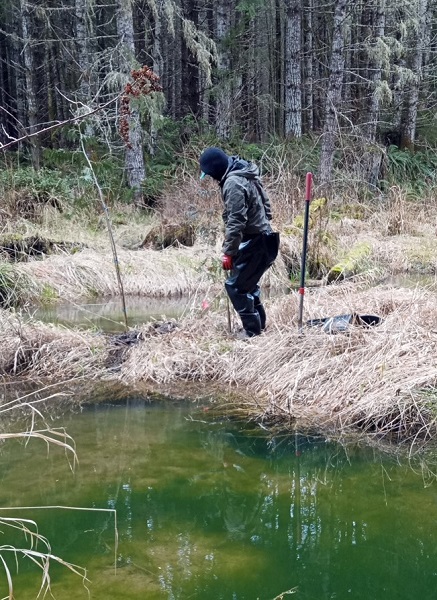
Betty Jean Jesse Codi
Caging is being installed around the trees to protect them from those dam-building beavers. (There's a reason it's called the Beaver Pond).
The trees were purchased from Streamside Native Plants. We'll be monitoring their growth and survival along with the demise of some of the reed canary grass. The most important thing is that pools and channels are available for salmon in the future.
Many thanks to Chris Bob and Snaw-naw-as First Nation, Andrew McNaughton and Steven Moore, and the Regional District of Nanaimo Parks Department, Nature Trust, and DFO for permitting the project to take place.
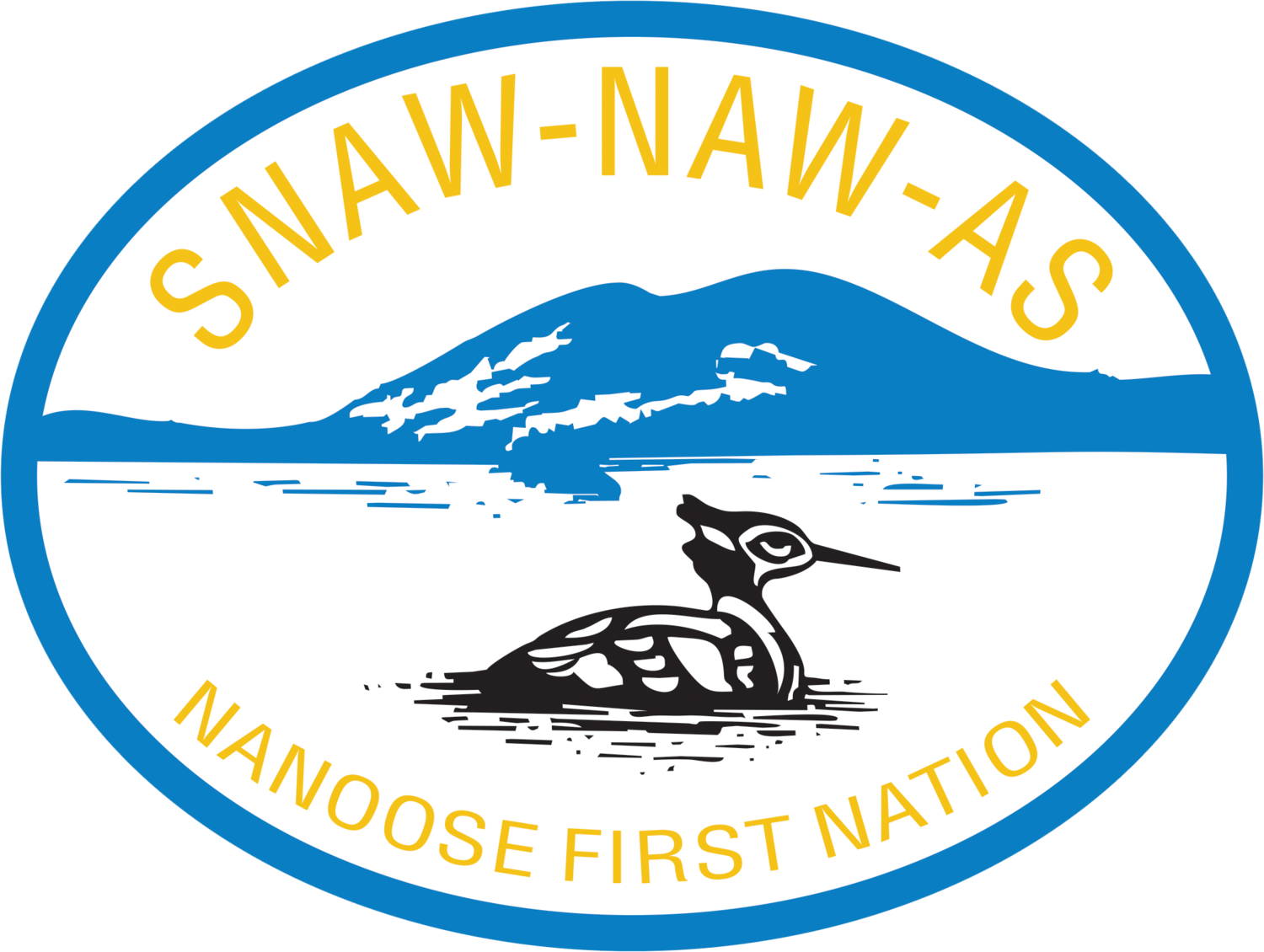

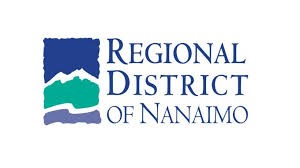
![]()